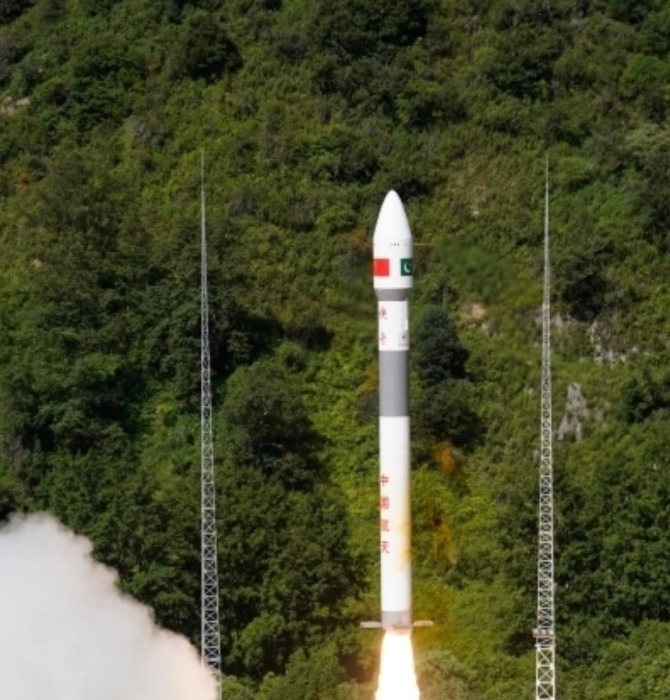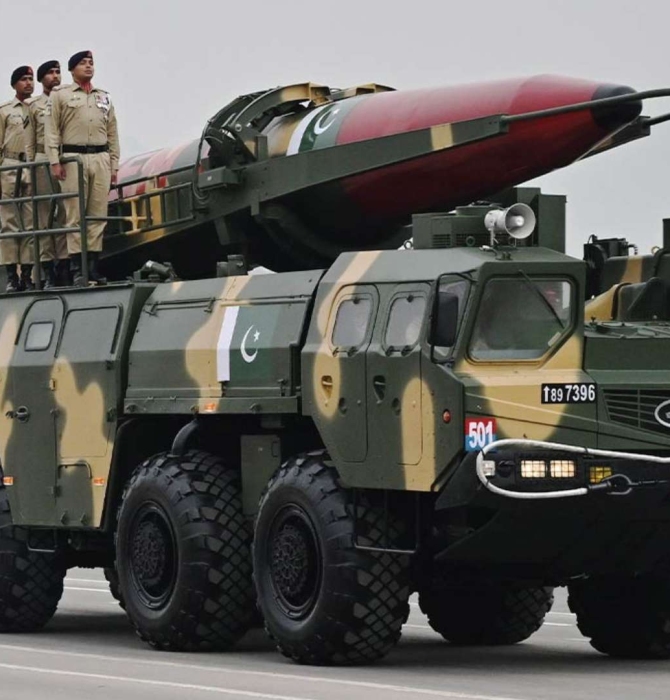5140Views

Is Pakistan’s ‘PFX’ Fighter Vaporware? Quwa Premium
Bilal Khan
Founder of Quwa, Bilal has been researching Pakistani defence industry and security issues for over 15 years. His work has been cited by Pakistan's National Defence University (NDU), the Council of Foreign Relations, Bulletin of Atomic Scientists, Centre of Airpower Studies and many others. He has a Hons. B.A in Political Science and Masters of Interntional Public Policy from Wilfrid Laurier University in Waterloo, Ontario, Canada.
In early 2024, the Pakistan Air Force (PAF) revealed a new fighter program called the “JF-17 PFX.” No other details were provided about the program, but a more recent video began referring to it as simply the “PFX” (i.e., without ‘JF-17’ in the name).
It is still unclear what the “PFX” is – or, for that matter, what it stands for (analysts speculate that it could refer to “Pakistan Fighter Experimental”). However, during notable events (such as the 2024 Pakistan Day Parade) and through the local media, the PAF indicated that the PFX would be a 4.5 generation fighter aircraft and a piece of its vision to build a “next generation air force.”
Nonetheless, the details are still scarce and, in turn, the program’s status or overall health is opaque. Moreover, the PAF’s past history with handling platform development through Project AZM and Air Headquarters’ (AHQ) push to import fighters are clear warning signs of PFX being in jeopardy.
Background on Project PFX
Originally, the PFX program was associated with the JF-17. Hence, one could reasonably assume that the PFX was being driven as a potential upgrade or initiative to localize the fighter.
In of itself, upgrading or localizing the JF-17 would have been a reasonable prospect, though this avenue will also experience challenges stemming from AHQ’s planning (e.g., it is unclear if AHQ is interested in acquiring additional JF-17s, much less continuing its development).
Taint of Project AZM
Arguably, the reason why skepticism against the PFX is valid stems from how the PAF handled its previous next-generation fighter aircraft (NGFA) initiative, Project AZM.
The PAF failed to properly steward AZM due to several key factors:
First, the PAF lacked any substantive capacity to independently design an NGFA. It did not carry the expertise required across flight control technology, airframe design, materials technology, and many other key areas to manage the program.
Second, AHQ rebuked Turkiye’s invitation to join Turkish Aerospace Industries’ (TAI) TF-X or KAAN program. This resulted in the PAF cutting itself off from a partner who could share the funding burden and to provide technical assistance. With the exception of the United States and China, countries do not pursue NGFA programs alone. Turkiye is the rare exception, but it too would have participated in a consortium had AHQ agreed to join the TF-X in the early stages of the program.
In August 2023, Turkish officials claimed that Pakistan did approach Turkiye about the KAAN; but by January 2024, PAF AHQ openly announced that it would acquire the Chinese J-31. Consequently, the idea that the PAF would develop its own NGFA had ended, until it announced the PFX.
Probable Scenarios
In contrast to AZM, the PAF seemed to have approached the PFX from a more realistic starting point – i.e., basing it on the JF-17. Though it is unclear if the PFX will materialize, the PAF likely assessed the following avenues for developing the PFX.
Log in or subscribe to read the rest of the article
End of excerpt (489/1,154 words)
Note: Logged in members may need to refresh the article page to see the article.


